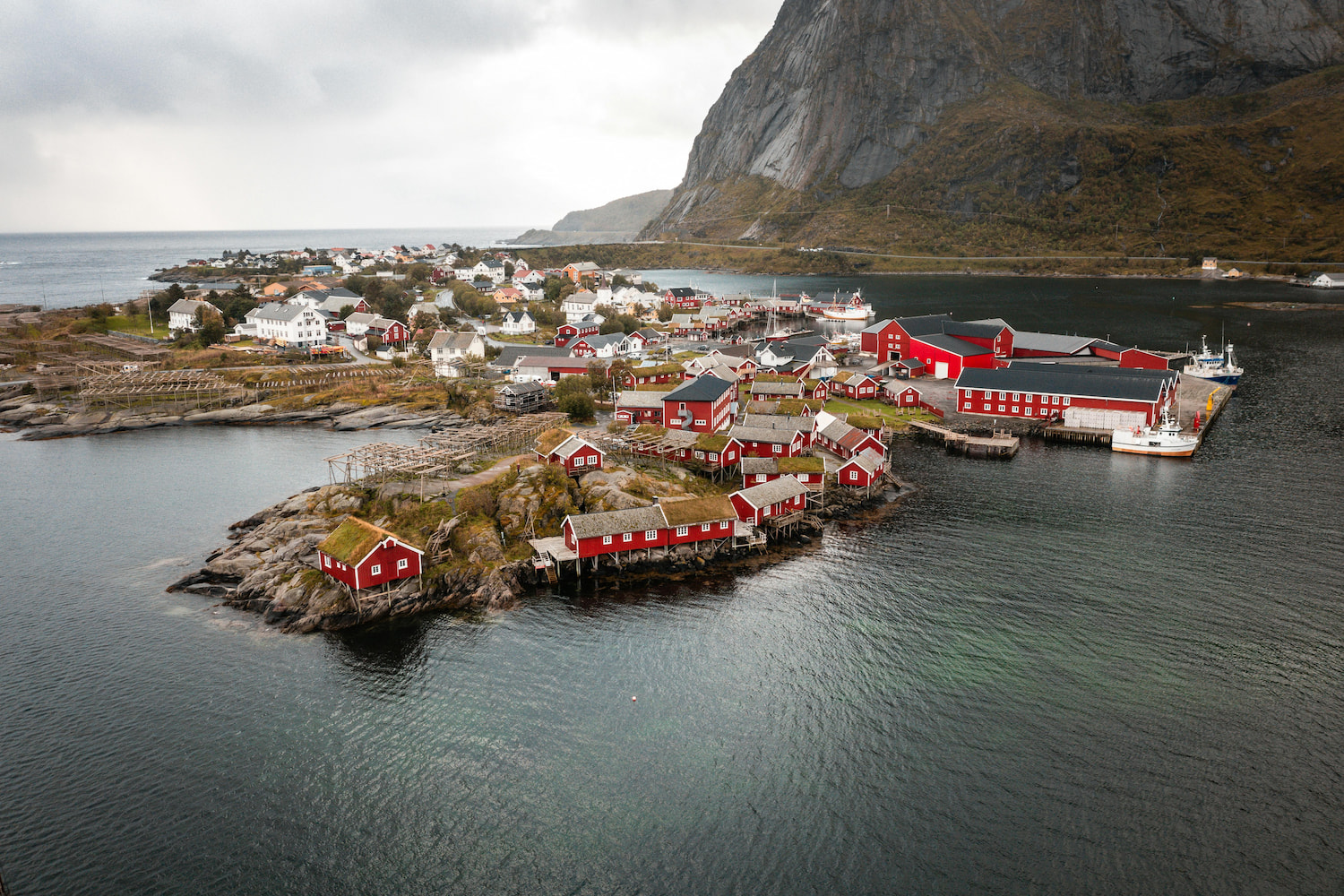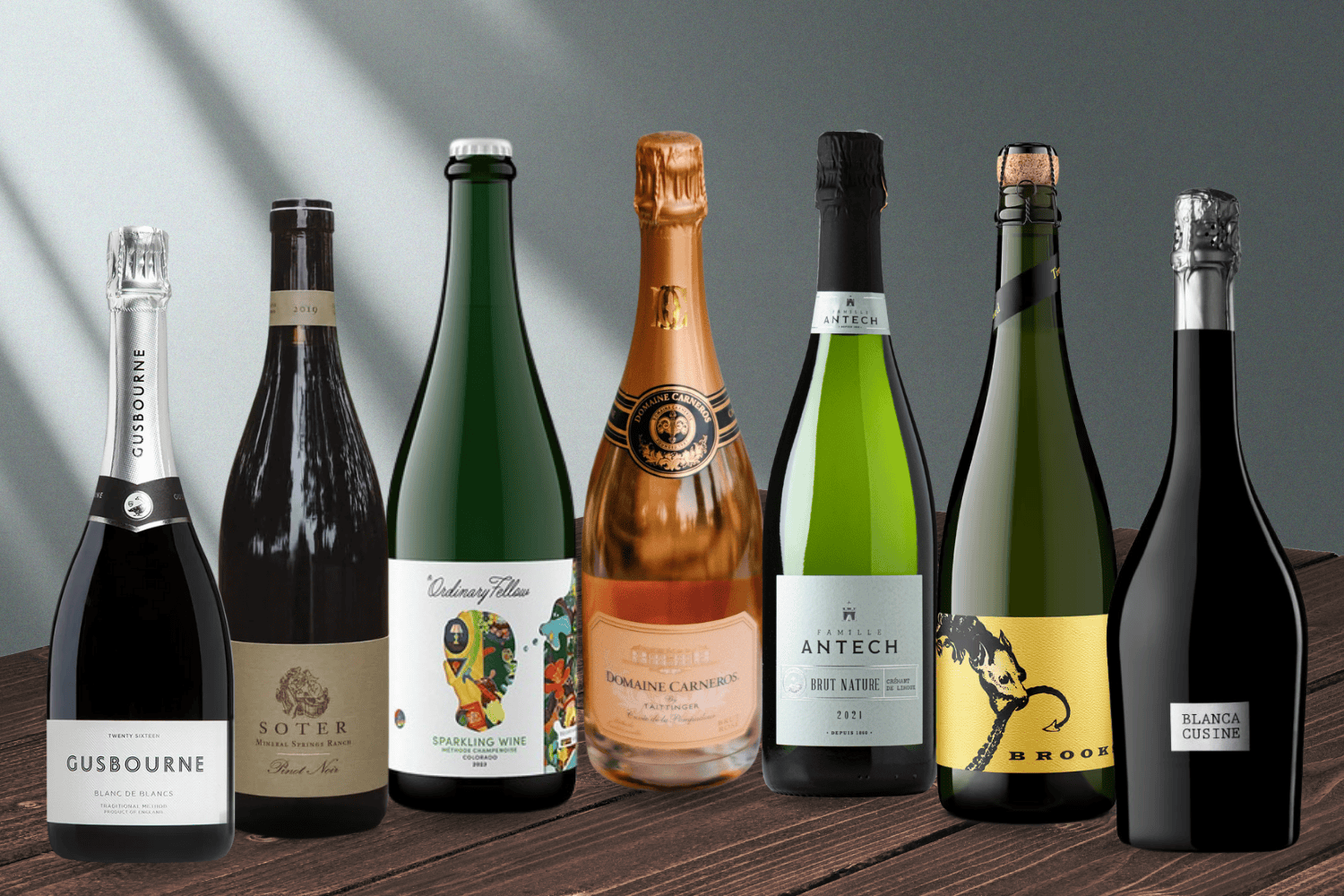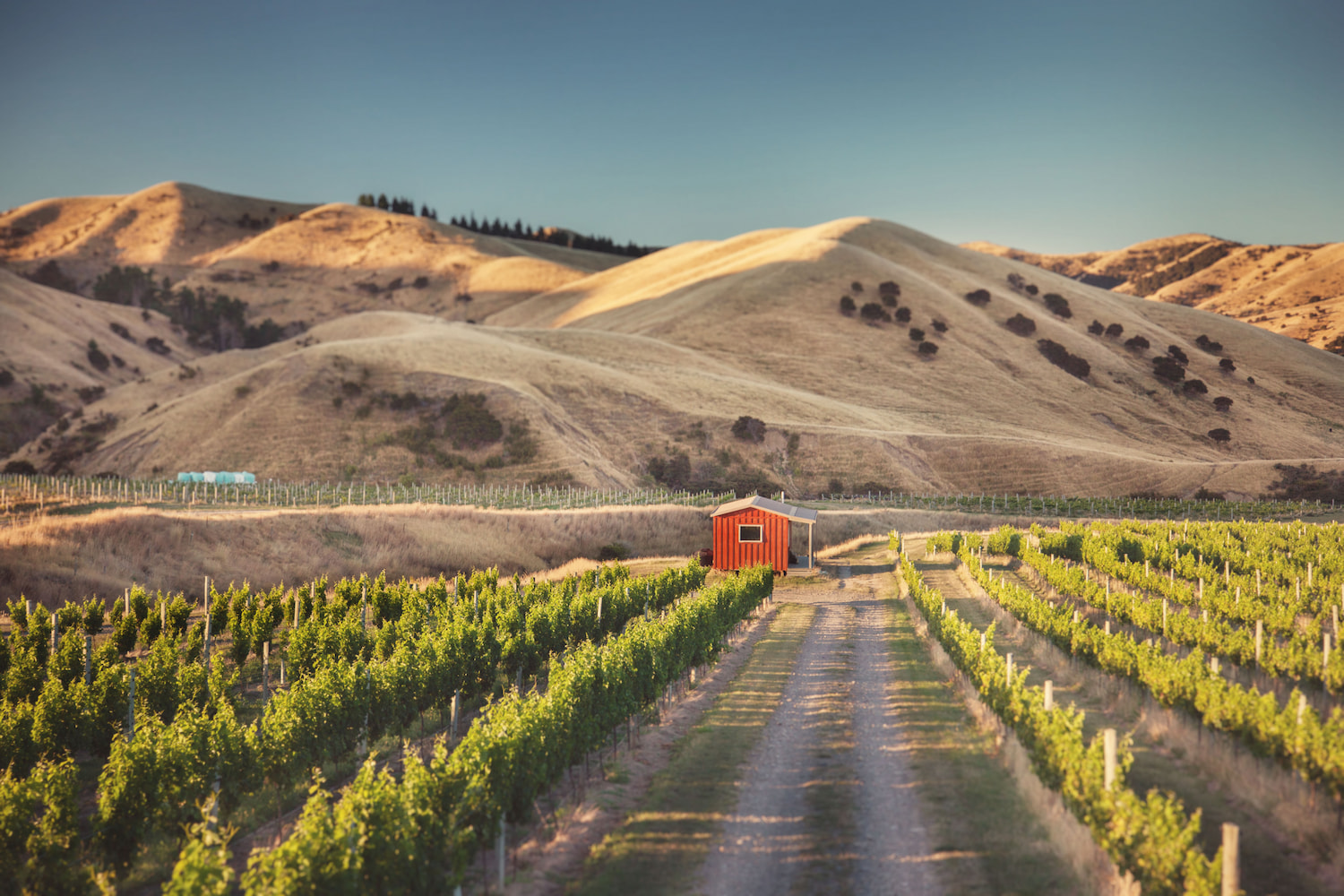North Stars:

Carbon Footprint

Climate Action

Community Support
“Coolcations aren’t tied to one hemisphere — they’re about finding the right climate for your travel window.”

Crowds in Italy. Courtesy of Pexels.
Cool air carries the scent of pine and chimney smoke. Overhead, a gull circles the placid harbor. Down the hill, a handful of tables spill onto a cobblestoned square where the day’s only rush is a line for coffee. In Akureyri, Iceland’s second-largest city, summer unfolds differently. Rather than a battle against heat or crowds, the short bright season yields long walks, unhurried meals, and clean ocean breezes.
It’s this kind of atmosphere that’s driving the rise of the coolcation — a shift away from chasing endless summer toward cooler, calmer destinations, or even skipping the peak season entirely in favor of shoulder months, when the heat fades and the streets clear.
Why Coolcations Are on the Rise
After a string of record-breaking summers — both in heat and in tourism numbers — the appeal of a coolcation becomes easy to understand. From wildfires torching Sardinia and Greece, to heavy rainfall flooding Germany and Belgium, extreme weather is fundamentally changing summers in Europe – and with it, the notion of a traditional summer holiday.
The Copernicus Climate Change Service confirmed July 2023 as the hottest month ever recorded globally. In Southern Europe, Sicily reached 48.2 °C (118.8 °F) — the highest temperature in European history.
In Italy, 2023 set national records for tourism. Registered overnight stays soared by 13.4% year-over-year, totaling over 134 million arrivals, with tourists spending nearly 451 million nights, a pace not seen before. Foreign visitors now outnumber domestic ones.
Meanwhile, Spain, where anti-tourism protests have erupted, stands to become the most visited country in the world by 2040, according to a report entitled NextGen Travelers and Destinations, jointly conducted by Google and Deloitte. This year, Spain received 6.3 million international tourists in March alone, 21% more than in the same period of 2023, according to data published by the National Statistics Institute (INE).
Not surprisingly, travelers are adjusting. Explore Worldwide reports a 300% year-over-year rise in searches for “cooler holidays,” with strong demand for Iceland, the Baltics, and Scandinavia. Across Europe more broadly, the European Travel Commission finds 28% of travelers now prefer destinations with milder climates and less extreme temperatures.

Copenhagen in Summer. Courtesy of Pexels.
Where to Go When You Want a Coolcation
Coolcations aren’t tied to one hemisphere — they’re about finding the right climate for your travel window. In the Northern Hemisphere’s summer, that might mean Arctic latitudes or alpine valleys. In the Southern Hemisphere’s summer, you can flip the map.
For April and May, Brixen, Italy, pairs snow-rimmed Dolomites with budding vineyards, while the Azores, Portugal, offer crater lakes, whale migration, and hot-spring walks. In Japan, the Kyushu Highlands green up around Mount Aso as tea fields begin their spring harvest.
By July and August, Saas-Fee, Switzerland, delivers glacier views from a car-free alpine village, and the Lofoten Islands, Norway, offer midnight-sun hikes and fishing villages framed by drying racks of fish. In the North Atlantic, the Faroe Islands mix dramatic cliffs with colorful harbors, while Canada’s Newfoundland still sees icebergs drift past its coast.
In September and October, Guarda, Switzerland, and Gosau, Austria, sit against alpine backdrops as larch and beech forests turn gold. Perthshire, Scotland, lives up to its nickname “Big Tree Country” with full autumn color mirrored in rivers and lochs, while North America’s Leelanau Peninsula and Cape Breton Highlands show vineyards, orchards, and coastal drives at their best.
And in the Southern Hemisphere’s spring, options widen again. Hobart, Tasmania, blends harbor city culture, wine, and MONA’s bold art scene with nearby coastal reserves. Chiloé Island, Chile, layers UNESCO churches, stilt houses, and curanto feasts with Pacific beaches and penguin colonies. In Australia’s Blue Mountains, cool air makes cliff-edge hikes and wildflower walks inviting, while New Zealand’s South Island delivers alpine trails and glacier views before the crowds of high summer.
What Cooler Travel Makes Possible
Some experiences are simply better — or only possible — in cool weather. In Iceland and Newfoundland, puffins gather on coastal cliffs in the summer. In Lapland, reindeer graze near villages long after the snow melts. Telluride’s summer brings music festivals and alpine wildflower hikes. Long-distance trails like Scotland’s West Highland Way are easier to tackle when daytime highs stay in the 60s.
Even in cities, cooler days change the mood: more time outdoors, more meals al fresco, more energy to explore.
Planning a Coolcation
A coolcation takes the same planning as any other trip, with a few extra considerations.
- Research the climate for your exact travel dates — temperatures can vary sharply even within a region.
- Book early — many cooler destinations have smaller hospitality infrastructures.
- Pack for variety — layers are key when a sunny afternoon can turn into a brisk evening.
- Check what’s open — in the shoulder season, ferries, mountain passes, and restaurants may run on reduced schedules.
The Sustainability Bonus
Traveling outside the high-heat, high-tourism months eases pressure on local resources and spreads visitor income across the year. For destinations wrestling with overtourism, shifting demand to cooler seasons can mean less crowding, less infrastructure strain, and more space for both residents and travelers. It’s a win for the climate, too: hotels and restaurants use less energy for cooling while visitors spend more time walking than shuttling in taxis and cars.
What to Expect
Coolcations aren’t without trade-offs. Far-northern destinations often have shorter daylight hours outside midsummer. Weather can shift quickly, with drizzle, wind, or sudden cold snaps always a possibility. Some seasonal businesses may also be closed.
But for travelers who value comfort, cultural immersion, and the chance to explore without battling heat or crowds, those trade-offs often feel more like advantages.
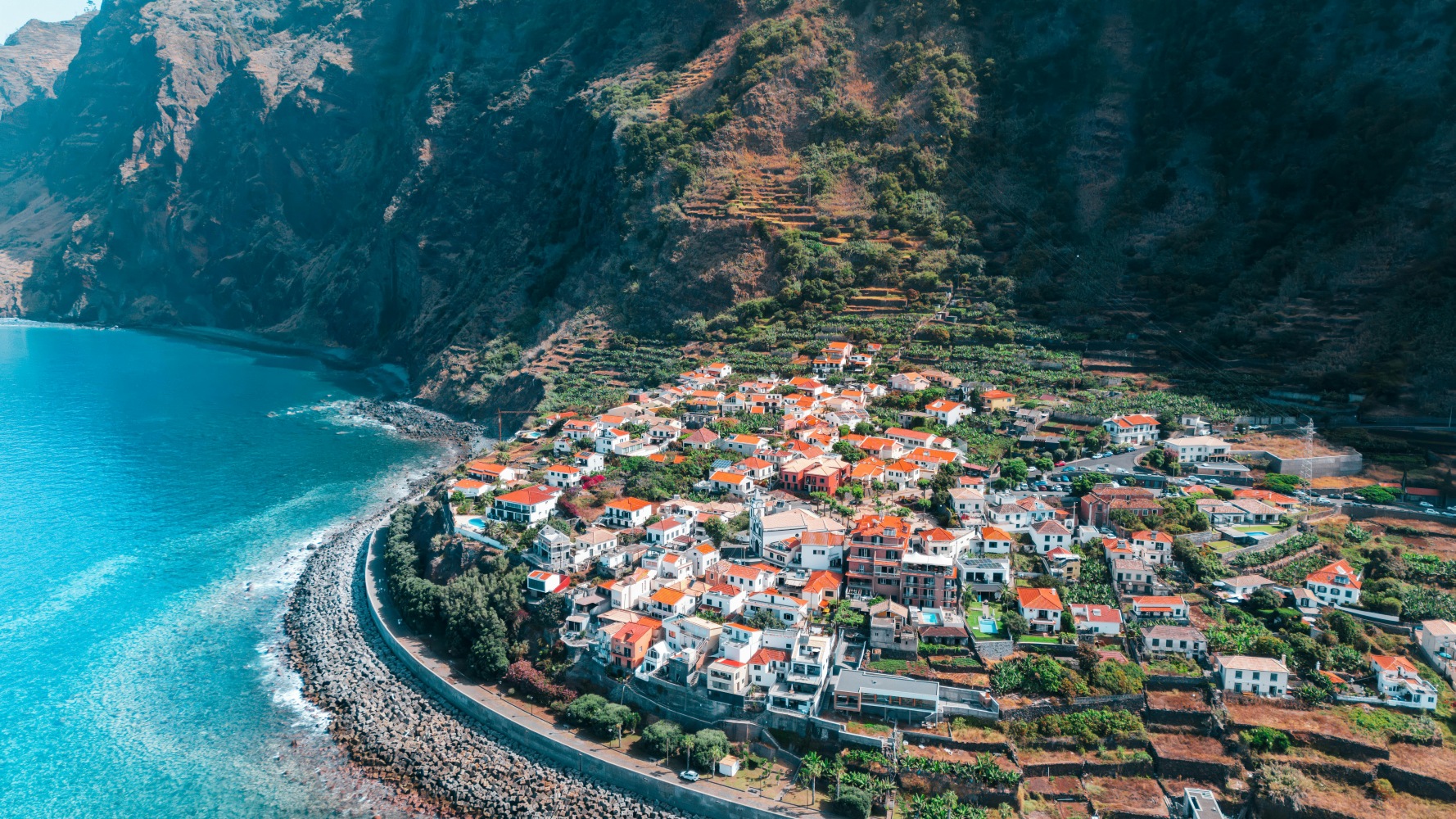
Spring in Madeira in Portugal. Courtesy of Pexels.
Spring Coolcations (April–May)
Brixen, Italy – In South Tyrol’s Dolomites, spring in Brixen sets up a striking contrast: vineyards bud in the valley while snow still rims the peaks, and purple wisteria bursts into bloom. Cafés spread tables beneath the town’s arcades, and bike paths along the Isarco River are at their best in the quiet weeks before summer crowds return to the mountains. April highs average about 59 °F (15 °C), rising to 68 °F (20 °C) in May.
Lahemaa National Park, Estonia – An hour from Tallinn, Lahemaa blends Baltic shoreline, pine forest, and raised bogs with boardwalk trails like Viru Bog. Restored manor houses and old fishing villages add character between coastal hikes. May highs average around 60 °F (16 °C).
Prince Edward Island, Canada – Spring signals the start of lobster season as small harbors fill with working boats and the first catch hits island menus. The car-free Confederation Trail offers long bike rides through farmland and villages, with red-sand cliffs and lighthouses never far from the coast. May highs average near 59 °F (15 °C).
Sardinia, Italy – By late May, resorts open to a chilled but swimmable sea, while summer crowds have yet to land. Wildflowers edge coastal paths around the Golfo di Orosei, while inland towns host food and music festivals. The west coast, along the Coral Highway, stays remarkably quiet, while wine is never far. May highs average about 72–75 °F (22–24 °C).
Svalbard, Norway – Between mainland Norway and the North Pole, May in Svalbard brings 24-hour daylight over snow-dusted peaks. This is the window for boat trips near the ice edge, seabird colonies waking up for the season, and guided wildlife viewing. May highs average roughly 39 °F (4 °C).
In April and May, crater lakes shine beneath green calderas as whales migrate past the islands. On São Miguel, mild temperatures make hot springs inviting and trails through farmland and volcanic landscapes ideal for long walks. May highs average about 63 °F (17 °C).
Åland Islands, Finland – Between Sweden and Finland in the Baltic Sea, the autonomous Åland archipelago reawakens slowly come spring. From May, apple orchards burst into bloom, ferries run between islands, and tranquil cycling routes link fishing villages and lighthouses. May highs around 55 °F (13 °C).
Madeira, Portugal – Spring is ideal for hiking mountain ridges, coastal cliffs, and waterfall trails, while Funchal’s markets overflow with tropical fruit and fresh tuna. Across the island, gardens are at their peak before the summer heat sets in. May highs average around 70 °F (21 °C).
Mull, Scotland – In May, puffins return to nearby Lunga and wildflowers brighten the headlands along the Sound of Mull. Between beaches and basalt cliffs, narrow island lanes wind past castles and small harbors made for wandering. May highs average 55–57 °F (13–14 °C).
Kyushu Highlands, Japan – By May, the volcanic interior around Mount Aso turns green, with steam rising from the baths of onsen towns like Kurokawa. Tea fields begin their prized first-flush harvest, and trails along the caldera rim open with wide views across the plains. May highs average 70 °F (21 °C).

Telluride in summer stays relatively cool. Courtesy of Pexels.
Summer Coolcations (July–August)
Telluride, Colorado, USA – Ringed by 13,000-foot peaks in a former mining valley, Telluride stays cool even in midsummer, with crisp mornings and highs that rarely top the mid-70s. July and August bring wildflower meadows, high-alpine hiking, and a lineup of music and film festivals. The free gondola linking town to Mountain Village offers sweeping views without paying for a lift ticket. July highs average about 75 °F (24 °C).
Saas-Fee, Switzerland – Ringed by more than 20 glaciers, the car-free village of Saas-Fee banned cars in 1951 and now runs almost entirely on local hydropower. Alpine meadows meet high-mountain glaciers, with snowfields lingering even in midsummer. July highs average about 63–66 °F (17–19 °C).
Copenhagen, Denmark – In summer, the Danish capital’s harbor becomes a swimming destination, with clean, lifeguarded baths at Islands Brygge and Kalvebod Bølge. The whole city comes to life, taking advantage of the brief season with outdoor concerts, pop-up bars, and waterfront lounging. Bike paths lead to Amager Beach for open-water dips, and ferries connect to coastal towns along the Øresund. July highs average about 72 °F (22 °C).
Hokkaido, Japan – Summer here trades humidity for crisp skies and open landscapes. In Furano, fields of lavender and other blooms stripe the hillsides, while nearby Biei’s Blue Pond glows an otherworldly turquoise. Daisetsuzan National Park adds volcanic craters and alpine lakes to the mix, with mild coastal weather keeping seafood-rich ports lively. July highs hover around 72 °F (22 °C).
Nuuk, Greenland – In the old Kolonihavn district, brightly painted wooden houses set a historic backdrop, while modern cafés and bold architecture give the capital a contemporary edge. Long summer daylight allows time for the National Museum’s Greenlandic mummies, the Nuuk Art Museum’s contemporary collections, and hikes to nearby waterfalls. July highs average 50 °F (10 °C).
Faroe Islands, Denmark – Sea cliffs, turf-roofed villages, and green hills set the stage for hikes that trace the coastline almost to the ocean’s edge. In Tórshavn’s harbor, painted houses glow in the northern light as puffins nest on nearby Mykines. July highs average around 55 °F (13 °C).
Newfoundland, Canada – On Newfoundland’s northeast coast, icebergs still drift past in early July, while whales feed off Witless Bay. The East Coast Trail winds between sea stacks, berry-covered barrens, and sheltered coves, while St. John’s adds its bright row houses, endless taverns, and fishing heritage to the mix. July highs average 68–70 °F (20–21 °C).
Grimentz, Switzerland – In the Val d’Anniviers, centuries-old chalets with flower-laden balconies open onto trails for the Moiry Glacier and high alpine pastures. Mountain dairies still craft seasonal cheeses a few hours’ walk from the village. July highs average 66–68 °F (19–20 °C).
Shetland Islands, Scotland – About 100 miles north of the mainland, the sheer cliffs at Sumburgh Head heave with puffins and guillemots, the air alive with beating wings. Inland, Viking ruins at Jarlshof sit beside stone-walled fields where sheep still graze. In workshops and homes, artisans still knit sweaters and scarves by hand, sustaining a craft central to island life. July highs average roughly 57 °F (14 °C).
Lofoten Islands, Norway – Above the Arctic Circle, granite peaks tower over turquoise bays, while hikes under the midnight sun to beaches like Kvalvika feel like a rite of summer. Centuries of cod fishing still shape the islands, with its red rorbuer cabins and racks of drying stockfish standing as reminders of a trade once vital across Europe. July highs average 59 °F (15 °C).
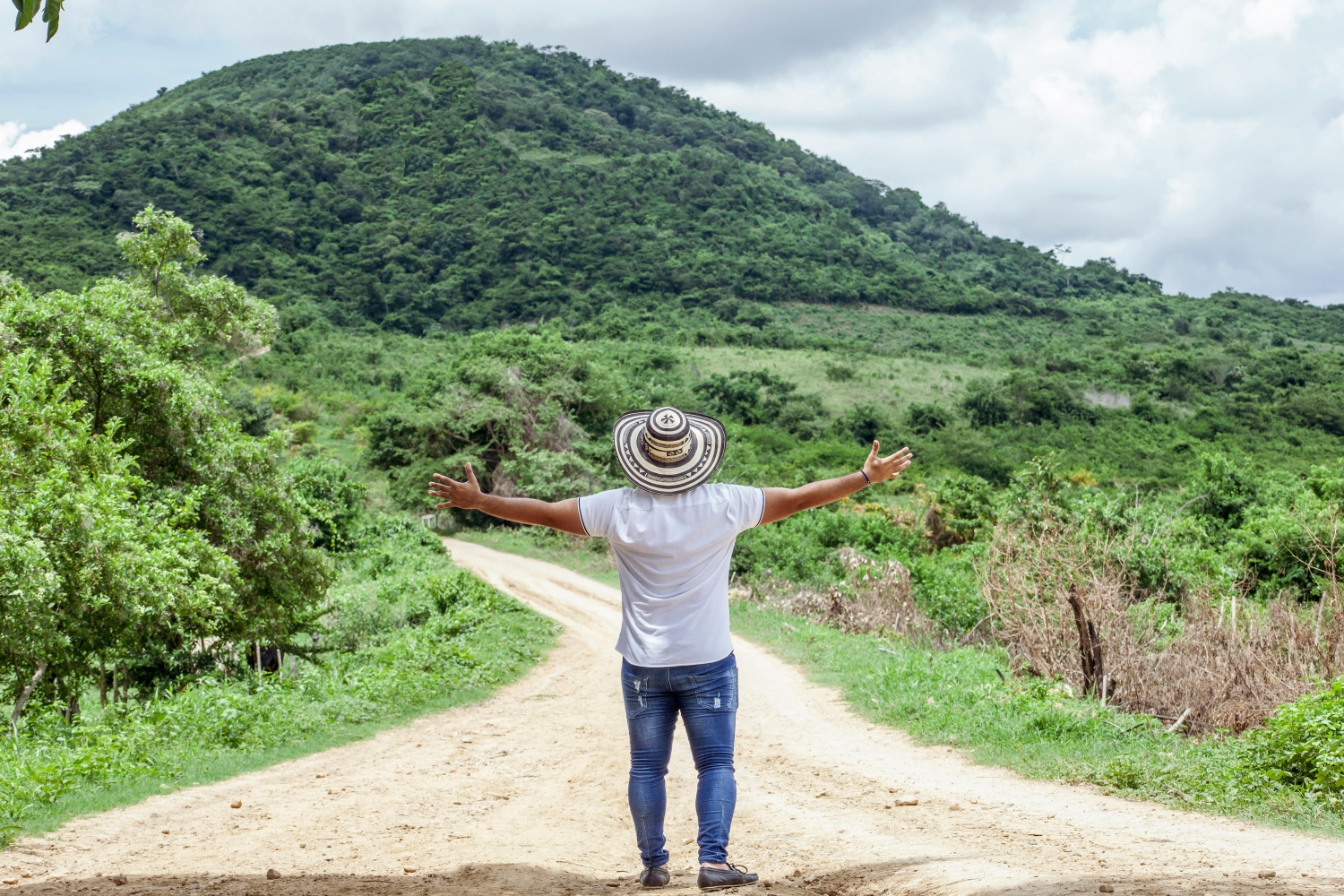
Colombia coffee highlands remain cool. Courtesy of Pexels.
Autumn Coolcations (September–October)
Guarda, Switzerland – At 5,400 feet in the Lower Engadin, sgraffito-decorated houses face a skyline of peaks while larch forests turn gold. Harvest festivals add life to village squares, and trails run straight from the cobblestone streets into the hills. September highs average around 57–60 °F (14–16 °C).
Leelanau Peninsula, Michigan, USA – Vineyards and orchards roll toward Caribbean blue inland lakes and Lake Michigan’s steep sandy dunes. Autumn brings grape harvest, apple picking, and slopes of maple and oak glowing red and gold above shoreline drives. October highs average about 58 °F (14 °C).
Cape Breton Highlands, Nova Scotia, Canada – On the northern tip of Nova Scotia, the Cabot Trail winds past cliffs, coves, and highland plateaus. In early October, maples ignite the hillsides in crimson while aspens shimmer gold, a backdrop to the Skyline Trail’s sweeping views over the Gulf of St. Lawrence. October highs average about 54–57 °F (12–14 °C).
Hobart, Tasmania, Australia (Southern Hemisphere spring) – Hobart sits on a deep harbor beneath Mount Wellington, with day trips reaching the cliffs and beaches of the Tasman Peninsula. In spring, markets brim with new-season produce, wineries open their cellars, and MONA draws visitors with one of Australia’s boldest contemporary art collections. October highs average about 61 °F (16 °C).
Chiloé Island, Chile – Off the coast of southern Chile, this misty island mixes UNESCO-listed wooden churches with colorful stilt houses, wool markets, and Pacific beaches. In spring, wildflowers brighten the hills, and calmer seas make it easier to visit penguin colonies at Puñihuil, while evenings often end with curanto, a feast of shellfish, meat, potatoes, and vegetables cooked in an earthen pit with hot stones, accompanied by local folklore. November highs about 63 °F (17 °C).
Colombian Coffee Highlands (Quindío Department) – In the mountains of central Colombia, the towns of Salento, Filandia, and Armenia sit among rolling coffee farms, cloud forests, and the world’s tallest wax palms in the Cocora Valley. October is harvest season, when fincas welcome visitors for tours and tastings, and bird reserves brim with hummingbirds. Plates of trout and arepas fill evening meals in colonial plazas. October highs average 73 °F (23 °C).
Gosau, Austria – This alpine village in the Salzkammergut sits beside mirror-calm Gosausee lakes that reflect the Dachstein massif. Wooden farmhouses and mountain dairies supply cheeses and hearty alpine dishes, while trails lead from the valley into high pastures. September keeps the lifts running for broad views of peaks and glaciers without the press of summer crowds. September highs average around 64 °F (18 °C).
Gotland, Sweden – In the middle of the Baltic Sea, Gotland pairs Visby’s medieval walls with limestone beaches that empty out after summer. Come fall, cyclists share back roads with farm stands piled with late-season produce, while meals center on lamb, saffron pancakes, and local cheeses. Wool crafts remain a tradition, and ferries reach Fårö, the small island where Ingmar Bergman lived and filmed among windswept coasts. September highs average near 63 °F (17 °C).
Blue Mountains, Australia (Southern Hemisphere spring) – West of Sydney, sandstone cliffs and eucalyptus valleys set the stage for canyon trails, waterfalls, and lookouts over endless blue haze. October brings wildflowers along the escarpments, while icons like the Three Sisters rock formation and Wentworth Falls feel cooler and quieter than in the city below. Beyond the trails, heritage guesthouses and luxury eco-lodges like Wolgan Valley make the mountains as inviting for slow retreats as for day hikes. October highs average about 64–66 °F (18–19 °C).
Perthshire, Scotland – “Big Tree Country” lives up to its name when forests of beech, oak, and larch transition from summer green to autumn hues of amber and scarlet. Rivers and lochs reflect the season, a boon for photographers. Shorter days encourage travelers to make the most of every trail before settling in with local whisky or game dishes in a village pub. October highs around 52–54 °F (11–12 °C).
FAQ: Coolcations
What is a coolcation?
A trip planned around cooler weather — often to high-latitude or high-altitude destinations, or during the shoulder season — to avoid extreme heat and summer crowds.
What are the best coolcation destinations in Europe?
Denmark, Greenland, Switzerland, Sweden, Norway, and Scotland all offer summer temperatures around or less than 72°F with plenty to explore outdoors as well as in the cities and villages.
Is a coolcation cheaper than summer travel?
Often, yes — especially if you travel in spring or fall. Flights and hotels can be less expensive, though popular Arctic destinations in peak summer may still be pricey.
When’s the best time to take a coolcation?
In the Northern Hemisphere, July–August for Arctic and alpine spots, April–May and September–October for mild shoulder-season weather.

How to Pack for Coolcation. Courtesy of Pexels.
What to Pack for a Coolcation
- Layering basics: light base layer, insulating mid-layer, waterproof shell.
- Versatile footwear: waterproof boots or sneakers for city-to-trail days.
- Weather-ready extras: knit hat, gloves, compact umbrella.
- Daypack: for carrying layers, snacks, and a thermos.
- Camera gear: for low-light mornings and extended golden hours.

Founder and CEO of Azure Road, Lauren Mowery is a longtime wine, food, and travel writer. Mowery continues to serve on Decanter Magazine’s 12-strong US editorial team. Prior to joining Decanter, she spent five years as the travel editor at Wine Enthusiast. Mowery has earned accolades for her writing and photography, having contributed travel, drinks, food, and sustainability content to publications like Food & Wine, Forbes, Afar, The Independent, Saveur, Hemispheres, U.S. News & World Report, SCUBA Diving, Plate, Chef & Restaurant, Hotels Above Par, AAA, Fodors.com, Lonely Planet, USA Today, Men’s Journal, and Time Out, among others.
Pursuing her Master of Wine certification, she has also been a regular wine and spirits writer for Tasting Panel, Somm Journal, VinePair, Punch, and SevenFifty Daily. Mowery is a graduate of the University of Virginia and Fordham Law School, and she completed two wine harvests in South Africa.
Follow her on Instagram @AzureRoad and TikTok @AzureRoad
North Stars: Carbon Footprint, Climate Action, Community Support


